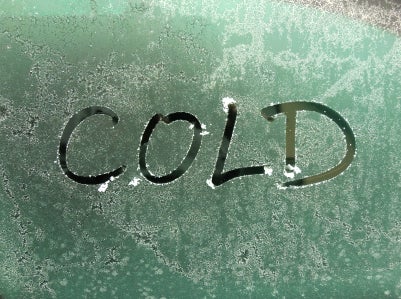
The largest study to date looking at the link between weather and stroke was presented Wednesday at the American Heart Association International Stroke Conference in San Diego. Researchers believe certain changes in weather could act as triggers for a stroke. For the more than 800,000 Americans who suffer a stroke each year, knowing the signs and symptoms, as well as modifiable risk factors, could help reduce permanent damage patients suffer from a stroke. This new research may change the way at-risk patients and caregivers approach changes in weather.
How Weather Plays a Role
Previous studies have found a relationship between winter weather and increased rates of stroke. It has been reported colder weather makes blood vessels constrict, which can increase blood pressure – a major risk factor for stroke. However, researchers have also found the blood tends to thicken and become stickier during extreme cold, which makes it easier to clot. Most strokes are due to blood clotting, which blocks a blood vessel to the brain. Our bodies’ reaction to cold weather tends to put added stress on the heart as we “clamp down” to preserve heat and energy.
Additionally, researchers have discovered humidity also plays a role in our stroke risk. High humidity in the atmosphere can cause some people to become dehydrated, increasing the risk of blood clots forming. Overall, researchers have discovered a pattern of stroke rates – higher in winter months, lower in summer months, with a temporary spike around July.
Changes in Weather
The study presented at the American Heart Association International Conference found that not only cold weather, but also volatile weather, along with high humidity, could land more people in the hospital after suffering a stroke. For every five degrees of temperature variation, the risk of hospitalization due to stroke increased by six percent. As is common in Oklahoma, temperature swings of 10 to 15 degrees one day after the next could increase stroke risk 12 to 18 percent. As humidity rises, so does the stroke risk as well - two percent increase for every five-degree rise in dew point.
Protect Yourself
What does this mean for anyone at high risk for stroke or elderly? Keep a close eye on loved ones, friends and neighbors if they are at a high risk for stroke when extreme weather changes occur, especially in the winter. They should be watching what they eat carefully – limiting the amount of sodium in their diet to less than 1500 milligrams of salt, or about a half a teaspoon of salt. Help regulate body temperature by staying inside – with air conditioning in the summer and heat in the winter.
If you have questions about your stroke risk, contact your health care provider. You may also search for a Utica Park Clinic provider here or call 579-DOCS.
